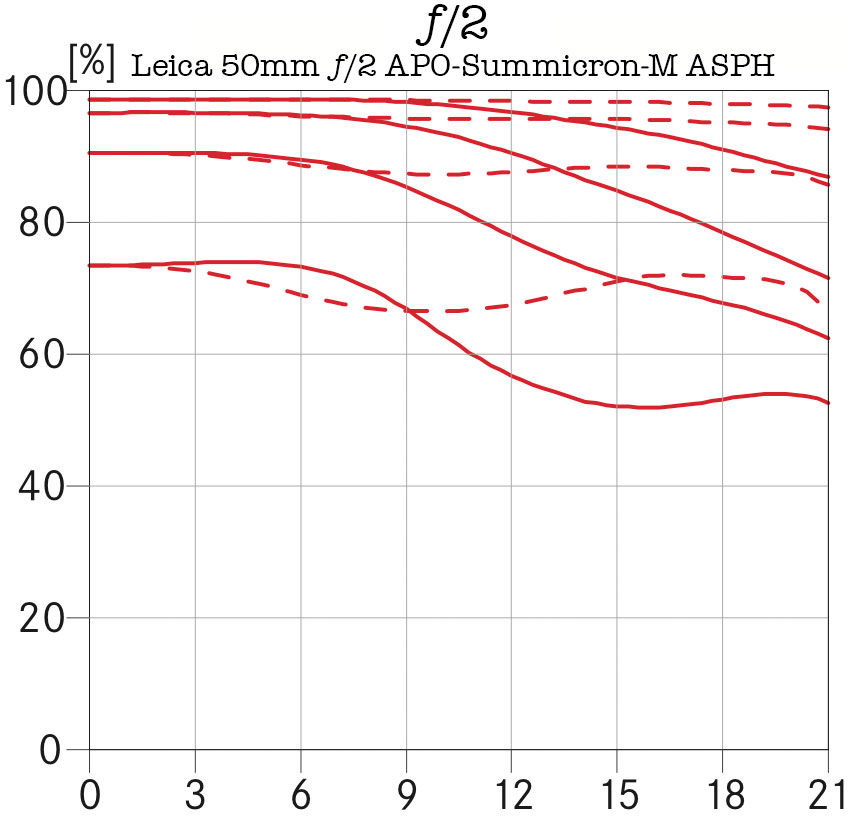Filtration for Leica M Monochrom to Improve Image Sharpness and Tonal Separation
The Leica M Monochrom is a quite limited production run, which means get in line now. I expect Leica to sell every body they make, quickly.
I also expect the Leica 50mm f/2 APO-Summicron-M ASPH to be in very high demand, in spite of its prices.
Pre-order the Leica M Monochrom or Leica 50/2 APO-Summicron-M ASPH at B&H Photo.
I’ll be covering both the Leica M Monochrom and the 50mm f/2 APO-Summicron-M ASPH in my Guide to Leica.
Filtration for black and white improves image sharpness
While the newly-announced 50mm f/2 APO-Summicron-M ASPH looks to be the finest lens ever developed for the M and no doubt will be superlative on the Leica M Monochrom, the beauty of shooting in black and white is that appropriate filtration can improve lens performance quite significantly.
Why? Lenses performing with color errors show their limitations in color (lateral chromatic aberration, longitudinal chromatic aberration, secondary longitudinal chromatic aberration, etc.
But in black and white, one can use a yellow or orange or red filter, thus cutting off much of the spectral band. In short, the color divergence can be eliminated by filtering out much of the spectral band, leaving only a narrower band of color (wavelengths) which focus “tightly” without the blur effects of differential color focus. Filtration can also increase tonal separation, almost mandatory for some scenes to avoid a flat low-contrast look.
For example, one can shoot a red or deep red filter, which blocks violet and blue and green light, leaving only red wavelengths— no red and green and blue to each focus a bit differently and cause color halos (longitudinal chromatic aberration) or color fringing (lateral chromatic aberration) or oddball magenta/cyan out of focus areas (secondary longitudinal chromatic aberration).
Lens performance
Using color filters can turn ordinary lenses which might lack something in the color correction department into superb performers. Don’t rule out older and less expensive lenses.
Also, the (relatively) inexpensive Zeiss ZM lenses offer great potential on the Leica M Monochrom— no more off-center color issues due to ray angle (though vignetting remains a potential issue). The Zeiss ZM 35mm f/2 Biogon is particularly interesting for its zero distortion and flat field, but all of the Zeiss ZM Biogons should be very interesting on the Leica M Monochrom.
Noctilux on Leica M Monochrom
The Leica 50mm f/0.95 Noctilux is as well corrected for color as one might hope for in a super-speed lens, using exotic construction. But it could very interesting with some color filtration applied. I am looking forward to seeing how it will perform with a red filter wide open for landscape photography. Note that a neutral density filter might also be needed to be able to shoot the Leica M Monochrome in daylight at its base ISO of 320.
Filters for tonal separation
In black and white, a color filter can greatly enhance contrast; an orange or red and especially a deep red filter separates those puffy white clouds from a blue sky. A yellow filter is a good all-around filter, while a green filter might be useful for separating bright green vegetation from other subject matter. A blue filter is useful for faking before/after shots for cosmetic beauty snake oil advertisements (use the blue filter for the before-shot only).
Black and white filters for Leica M are on the Filters gear page.
If you have a Leica M Monochrom in your future, obtaining filters now might be a good idea, as color filters for black and white are not exactly high volume items, and stocks might sell out quickly and take time to replenish. The 46mm size is the most common for Leica M lenses. But do be aware that some filters won’t fit with with certain lens hoods on some Leica designs (no clearance), and that specialty filters might be needed with certain recent Leica M lenses, such as the 21/1.4, 24/1.4 Summilux lenses (and maybe others).
Filters for shutter speed
With a Leica M Monochrom base ISO of 320, shooting even at f/2.8 could be an overexposure problem in sunny conditions, so consider a polarizer and a neutral density filter (at least 2 if not 3 stops) in order to allow shooting at f/1.4 in daylight.
MTF for the Leica 50/2 APO
This is an ideal MTF chart.
You will not find a better one for a 50mm lens; even at f/2 the lens outperforms most 50mm lenses at f/5.6. By f/5.6, the 50/2 APO is very close to what is theoretically possible, and is far sharper in the extreme corners than many lenses in the center!
See my post on the Leica 50/2 APO-Summicron-M ASPH for details.

































